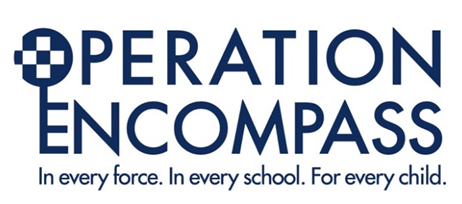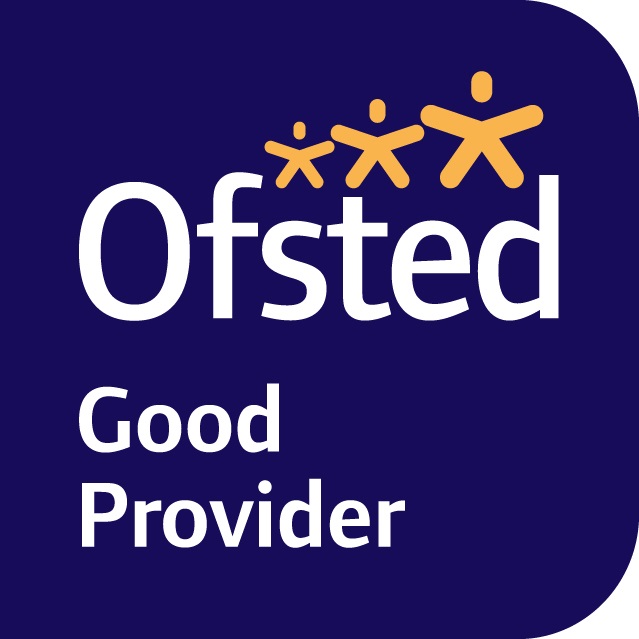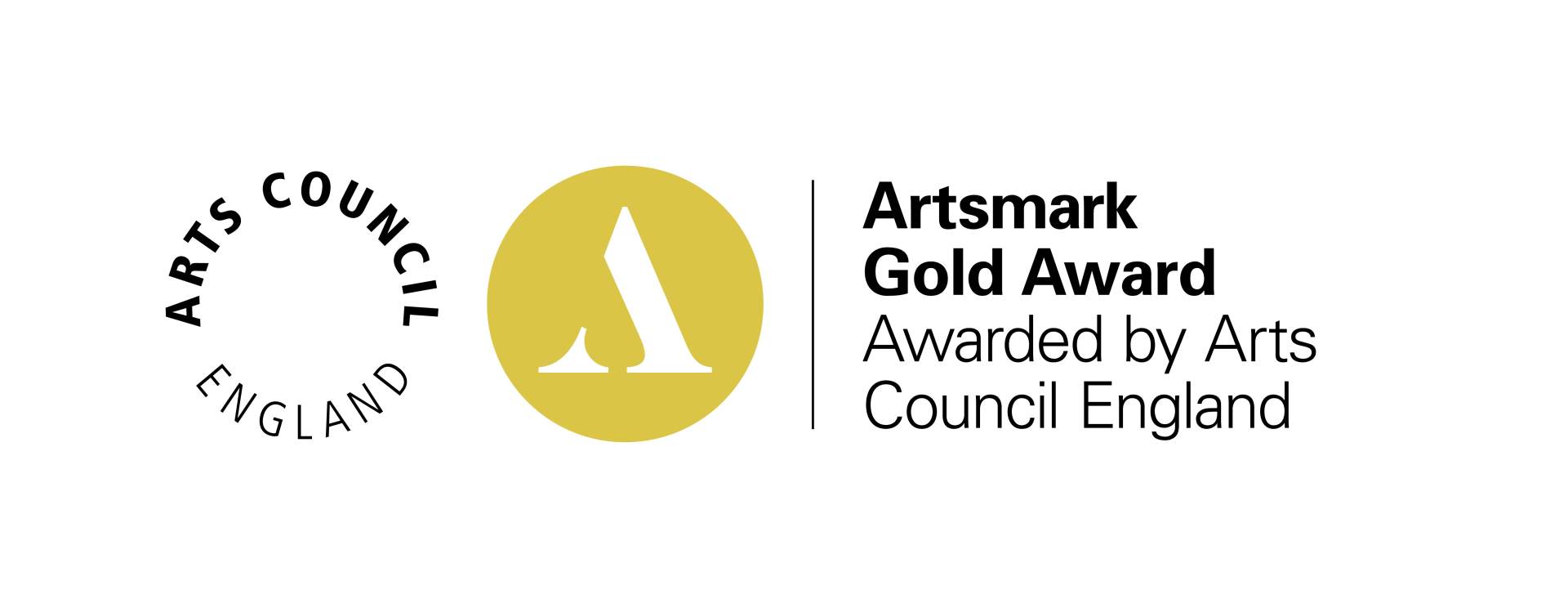Swimming Data
Swimming Data
Meeting National Curriculum requirements for swimming and water safety.
Priority should always be given to ensuring that pupils can perform safe self-rescue even if they do not fully meet the first two requirements of the National Curriculum programme of study
|
Question |
Stats: |
Further context Relative to local challenges |
|
What percentage of your current Year 6 cohort can swim competently, confidently and proficiently over a distance of at least 25 metres? |
57% |
57% - Could swim 25 metres. 39% of these pupils could complete 25m+
All pupils could swim without aids.
23% of pupils achieved between 10-20 metres.
The remaining 18% still made progress, but this was limited for several reasons, SEND, new to school, mindset.
4% were non swimmers, both with SEND. One had a physical disability and was supported in the pool by an adult.
|
|
What percentage of your current Year 6 cohort can use a range of strokes effectively [for example, front crawl, backstroke, and breaststroke]? |
Front Crawl: 65% Backstroke: 74% Breaststroke: 33% |
Pupils are taught front crawl and backstroke first. When they are proficient in those strokes they move to deep water. They are taught to swim in deeper water, taught personal survival and then taught breaststroke. We have designed our provision that way. We have had more pupils in this cohort demonstrating a proficient breaststroke and more pupils excelling at personal survival than ever before. |
|
What percentage of your current Year 6 cohort are able to perform safe self-rescue in different water-based situations? |
57% |
All pupils are taught personal survival relative to their swimming ability. For safety we do not take non swimmers in deep water, so they learn shallow water personal survival techniques. Those pupils who are confident in deep water learn personal survival techniques in deep water. Only these pupils make up our 57% even though all pupils learn personal survival relative to their swimming ability. |
|
If your schools swimming data is below national expectation, you can choose to use the Primary PE and sport premium to provide additional top-up sessions for those pupils that did not meet National Curriculum requirements after the completion of core lessons. Have you done this? |
Yes
|
Catch up swimming is aimed at those pupils that are between 10-20m; pupils who may meet the expected levels with further intervention. Pupils that are still non- swimmers or 0-5 meters have experienced a 30 week intensive block of swimming and will not reach expected standard even with catch up swim. The parents of these pupils are informed. Pupils who are proficient swimmers and can achieve 25 or 25+ meters are invited to our annual swimming gala to stretch and challenge them further. |
|
Have you provided CPD to improve the knowledge and confidence of staff to be able to teach swimming and water safety? |
Yes |
We have used some of our Primary PE and sports premium to provide additional CPD and staff training. The aim is to improve the knowledge and skills of the team that deliver swimming. There is a particular focus on engaging non swimmers, strategies and techniques for developing early swimming and water safety. |
Signed off by:
|
Head Teacher: |
Mrs. Michelle Hooper |
|
Subject Leader or the individual responsible for the Primary PE and sport premium: |
Mr. Adam Hooper (Assistant Head of Personal Development) Mr. Reiss Barker (PE Subject Lead) Mrs. Barker (Finance Officer) |
|
Governor: |
Mr. Thomas Brett (PE Governor) |
|
Date: |
September 2023 |








